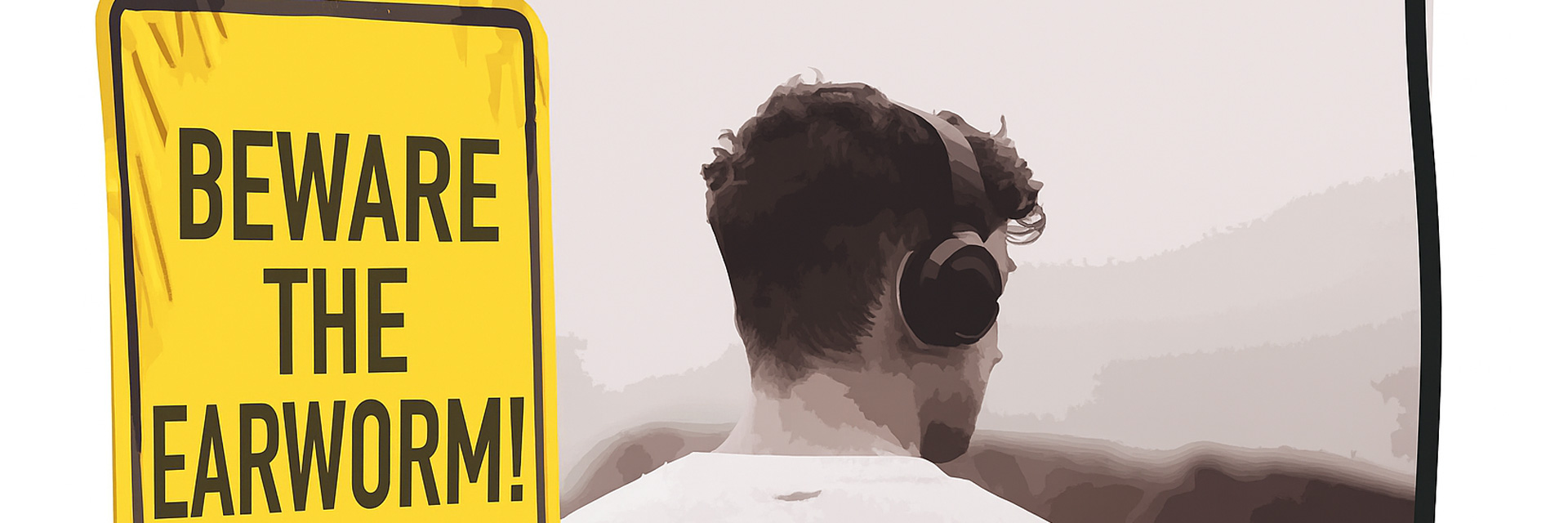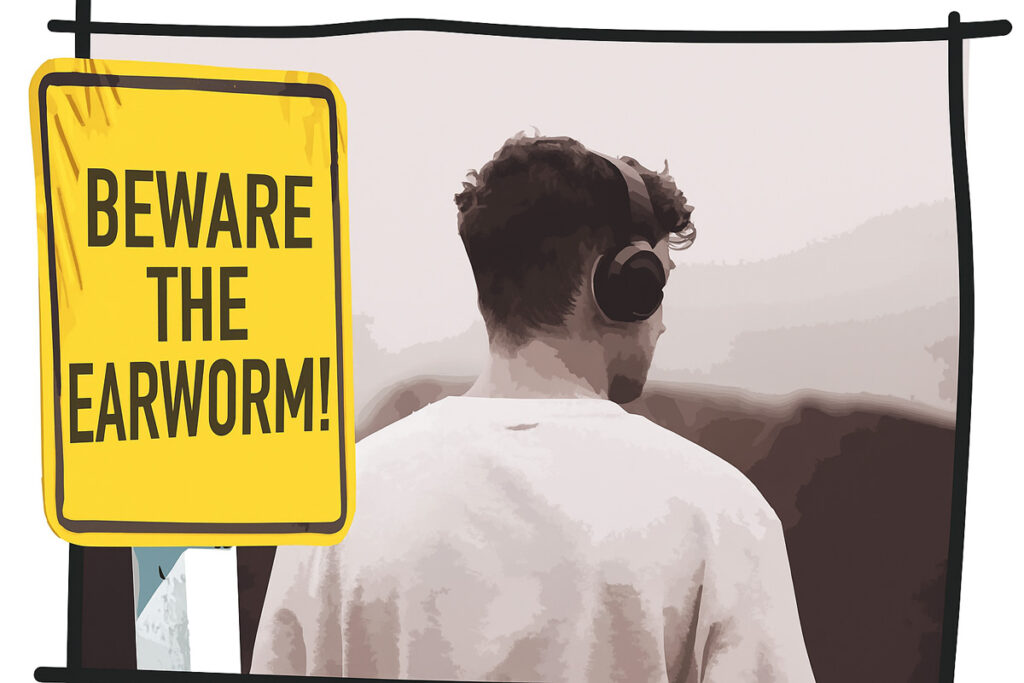I’ve been to a Pokey LaFarge concert recently.
If you don’t know him, this free-spirited country swing rock’n’roll musician from Chicago and probably also the most cheerfullest band leader of our times – off you go to the closest record store and buy and/or order everything the Mr. LaFarge has published the last couple of years. And trust me, there’s quite a bit. But every single one of his albums – crafted with a keen sense for catchy chords, memorable melodies, and an irresistibly upbeat retro sound – deserves to be played on high-end equipment, from his latest record Rhumba Country all the way back to his 2010 debut Riverboat Soul. That said, I must also issue a warning: beware the earworm! Because ever since the encore at the concert – La La Blues from the debut album – I haven’t been able to get these lines out of my head for weeks:
“It’s La La La, I’m singing La La La, I’m so happy I’m singing La La La…”
Now, the fact that a “La” or two can get stuck in your head and fail to find its way into the long-term memory library shouldn’t really surprise anyone after decades of listening to music. But still it does – especially when it’s this many La La La’s refusing to quit, turning your short-term memory into a nonstop swing dance floor with one energetic Lindy Hop after another. I wake up in the morning: La La La. On the bike to work, while wrestling with phrasing, helping my kid with English vocab, brushing my teeth at night, and most of all, tossing and turning with an overactive brain between midnight and 2 a.m.:
“It’s La La La…”
After weeks in the chokehold of the La La La’s, I’m now something of an expert on all things earworm-related. For example, I’ve learned that earworms tend to strike when your working memory isn’t fully occupied – like when you’re driving or taking a walk, and other parts of the brain are busy. That’s why, according to “worm studies,” you should do a Sudoku puzzle or chew bubblegum. Activating motor functions, apparently, can help bring even the most stubborn earworms under control. Researchers have found that it’s usually a simple three-note pattern (like “La,” “La,” and “La”) that starts the whole thing. And when that pattern is paired with the surprise effect of a cleverly arranged chorus, it can turn into a full-blown earworm in no time. Usually, it’s not the whole song that gets stuck, just one fragment – either because the listener really likes it, or because it drives them up the wall. Often both. The line between the two is a knife’s edge.
But most importantly, I’ve learned this: the cures don’t work. Not Sudoku, not chewing gum, and definitely not listening to the song all the way through, contrary to what one study suggests. It’s like trying to cure hiccups by drinking water from the wrong side of the glass – you just end up focusing even more on the problem. In my experience, it eventually goes away on its own through a combination of patient acceptance and selective ignorance.
But here’s what you definitely shouldn’t do – and I just learned this an hour ago: Do not write a piece on earworms. Because now it’s starting all over again, winding its way back into my head:
“I’m so happy I’m singing La La La…”
P.S.: Useless Trivia, Volume 40: The earwig is actually a winged insect in the Polypeoptera group, which includes over 2,000 species found on every continent except Antarctica. Its wings, when unfolded, are shaped somewhat like the human ear – hence the name. But it was Pliny the Elder, the ancient Roman author of Naturalis Historia, who started the myth that these roughly one-centimeter-long insects would crawl into the ears of sleeping humans. Modern research, however, has shown that the pincers on these insects are not for invading ear canals, but are used in mating and combat – mainly to lift the female’s body into a better position for reproduction.


